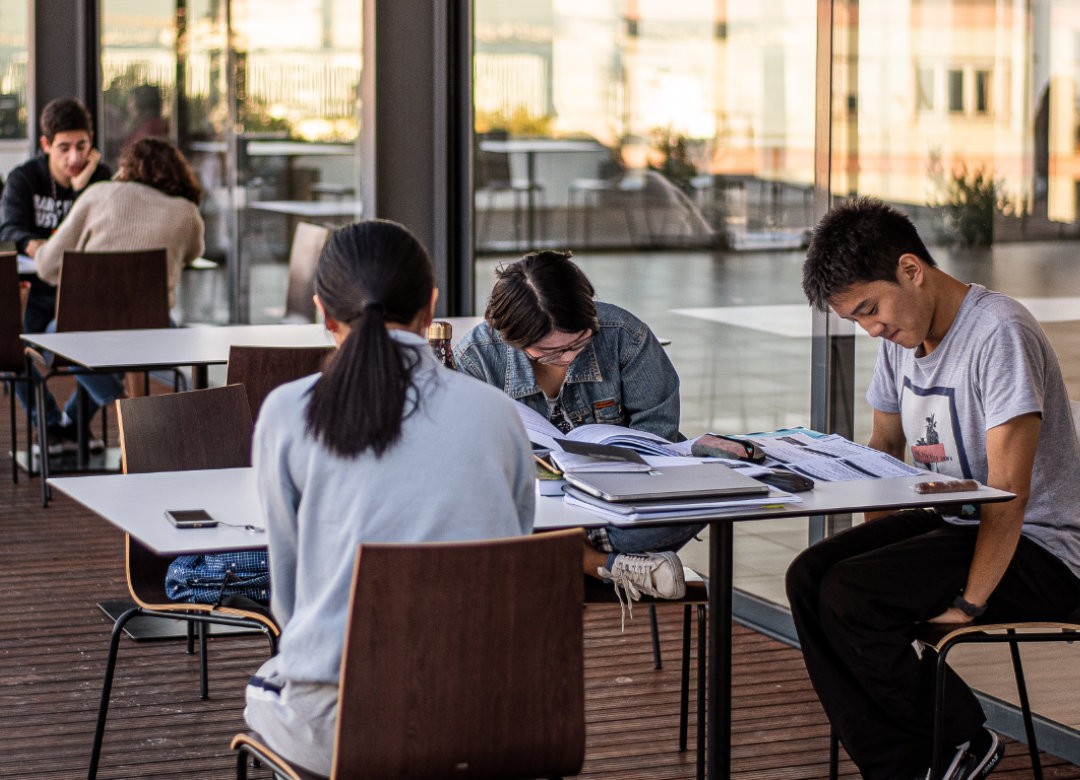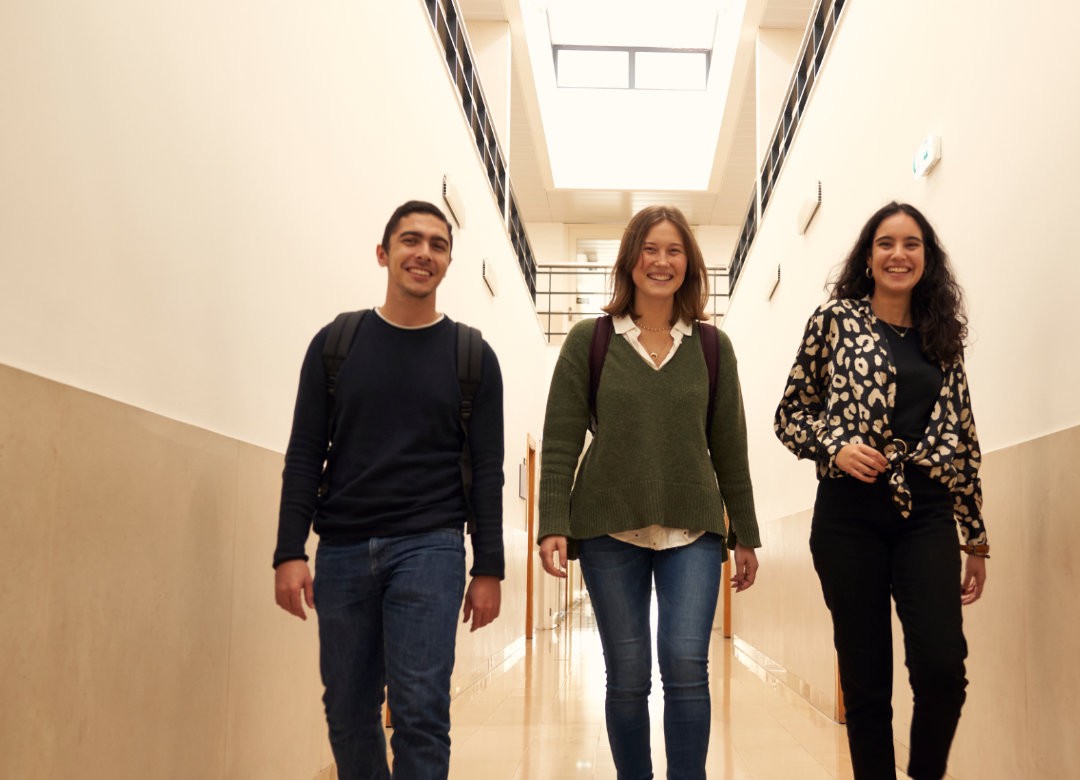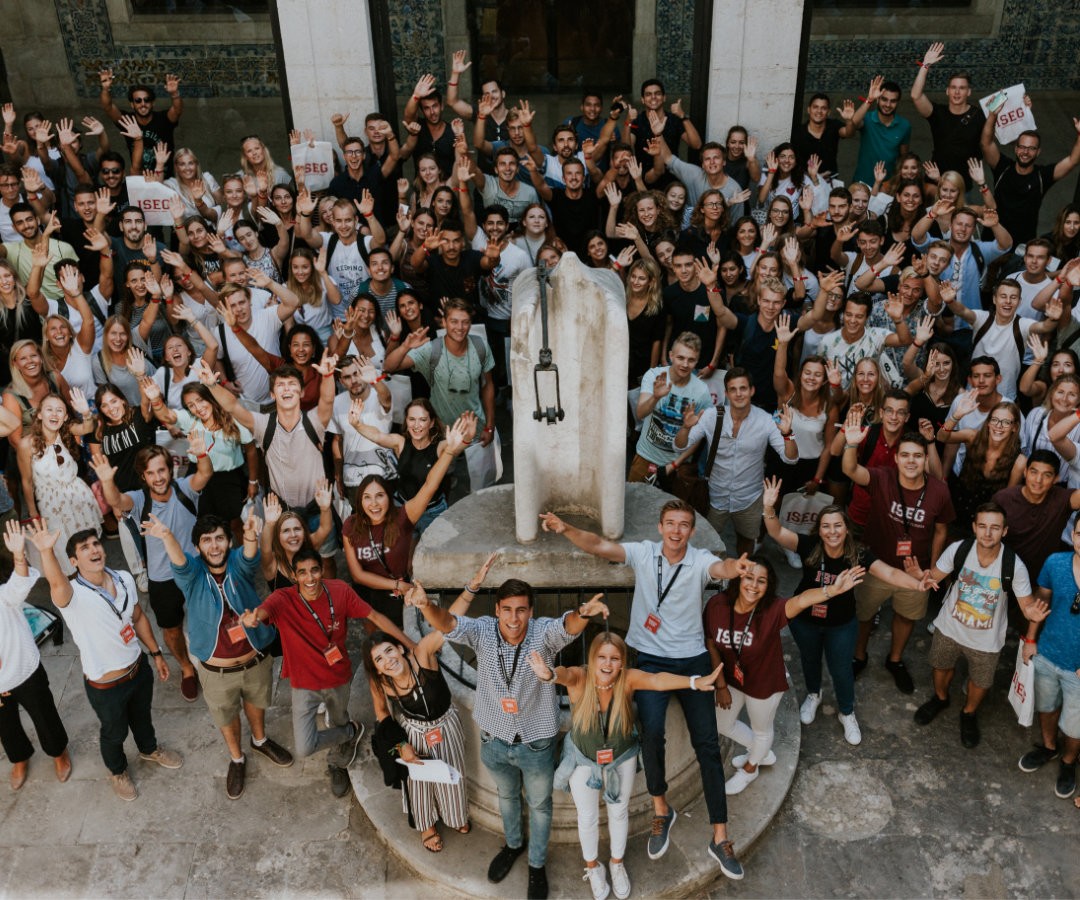Aluno: Bruno Alexandre Luz Duarte Esteves
Resumo
Com o impacto da pandemia COVID-19, as Instituições de Ensino Superior (IES) tiveram de se adaptar à nova realidade e alterar o seu modelo de aulas presenciais para aulas à distância de forma a reduzir os riscos de propagação do vírus. Esta transição teve especial impacto nas IES do ramo da saúde, onde a componente prática de estágios e ensino clínico representa um grande peso na compreensão e aquisição de práticas clínicas. Com base neste contexto, estas IES tiveram de, em pouco tempo, adotar mudança emergentes de forma a serem capazes de dar resposta às regras estabelecidas pelas entidades e órgãos do governo e manter as suas atividades e processo de ensino. A presente investigação, recorre a um estudo de caso a 2 IES e a um enquadramento nos patamares dos modelos de gestão da mudança e revela as principais mudanças ocorridas e estipuladas pelos órgãos de direção, ao mesmo tempo que se obtém a perceção e visão dos seus implementadores e principais impactados. O reajustamento rigoroso de todo o plano de trabalho, dos cronogramas e um forte investimento em equipamentos e sistemas informáticos, foram algumas das principais mudanças e aspetos identificados pelos órgãos dirigentes, tendo a falta de preparação de todos os níveis das faculdades, a elevada carga de trabalho e falta de adesão dos hospitais, sido identificados como principais obstáculos na gestão da mudança. Entre Professores e alunos, foi possível constatar, de forma geral, que a falta de experiência dos Professores, a maior carga de trabalho e a inexistência de práticas clínicas e estágios presenciais, foram os principais obstáculos identificados, mas ao mesmo tempo tendo sido identificada a flexibilidade, a poupança de tempo e a maior capacidade de lidar e dar uma melhor e mais rápida resposta a novas vagas como grandes pontos fortes do novo modelo. Foi possível verificar que a necessidade de mudança emergente levou a uma aprendizagem rápida, a nível pessoal e profissional e a uma maior adaptação a circunstâncias sem precedentes. A nível de grau de satisfação dos intervenientes a presente investigação permitiu concluir que apesar dos obstáculos, existe um interesse em manter, adaptar e enraizar o novo modelo, no entanto, pelo facto de ainda sofrer de algumas lacunas, a maioria dos entrevistados mostrou interesse por um modelo misto/hibrido com aulas práticas de forma presencial e aulas teóricas totalmente online.
With the impact of the COVID-19 pandemic, Higher Education Institutions (HEIs) had to adapt to the new reality and change their model from face-to-face classes to distance classes in order to reduce the risk of spreading the virus. This transition had a special impact on health HEIs, where the practical component of internships and clinical teaching represents a crucial factor in understanding and acquire clinical practices. In a short time, these HEIs had to adopt emerging changes in order to be able to respond to the rules established by government entities and maintain their activities and teaching process. This investigation uses a case study of 2 HEIs and a framework in the levels of change management models and reveals the main changes stipulated by the management leaders, while obtaining the perception and vision of their implementers and main impacted agents. The rigorous readjustment of the entire work plan, schedules and a strong investment in computer equipment and systems were some of the main changes and aspects identified by the Directors, with the lack of preparation at all levels of the faculties, the high load of work and lack of adherence by hospitals identified as the main obstacles in managing change. Among Professors and students, it was possible to observe, in general, that the lack of experience of the Professors, the higher workload and the lack of clinical practices and in-person internships were the main obstacles identified, but at the same time, the flexibility, time saving and greater capacity to deal with and respond better and faster to new vacancies as major strengths of the new model. It could be seen that the emerging need for change led to rapid personal and professional learning and greater adaptation to unprecedented circumstances. Regarding the level of satisfaction of the participants, this research allowed us to conclude that despite the obstacles, there is an interest in maintaining, adapting and rooting the new model with a mixed/hybrid model with in-person practical classes and fully online theoretical classes.
Trabalho final de Mestrado








